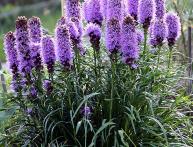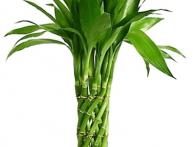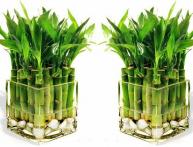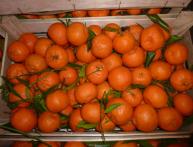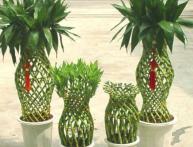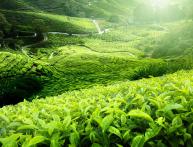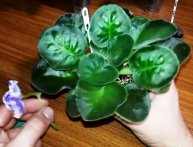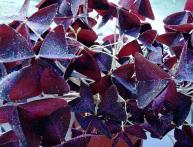Fern Asplenium in the photo reveals itself in all its glory

Three main types can be seen fern Asplenium in the photo, which are widely used in indoor gardening. This is Asplenium gnezodova, bulbous and ancient, a perennial fern that lives well indoors.
This fern is not suitable for the garden, since this plant is tropical and very demanding:
- to the temperature regime (in summer it is advisable to keep the fern at a temperature no higher than twenty degrees, and in winter – no higher than eighteen degrees);
- lighting, it should be soft and diffused, direct sunlight is contraindicated for Asplenium;
- humidity, you should spray the fern daily, water it regularly, but do not overwater the Asplenium.
For Asplenium ferns it is necessary to choose light deciduous and turf soil, feed with a small amount of fertilizer.
Asplenium, depending on the species, is propagated in different ways. Nesting Asplenium forms lateral shoots, with the help of which it is propagated. Bulbous Asplenium is propagated using buds that appear on the leaves and produce roots. Ancient Asplenium is propagated using spores.
If a plant's leaves lose their color, wither, or dry out, then most likely the temperature regime is disturbed or there is a problem with moisture.From the images of the Asplenium fern in the photo, you can determine the reason for the change in the leaves of your fern, and also determine whether the plant is attacked by pests - spider mites or thyroid glands, which must be combated with the help of chemicals and plant hygiene.
However, there is a type of Asplenium that can also be used in the garden. This Asplenium kostenets - a small plant that can be planted in rocky gardens, rock gardens, and retaining walls. Loves semi-shaded and shady places, prefers dry, sandy soil and drainage so as not to get wet. Reproduces in large bunches or spores.

